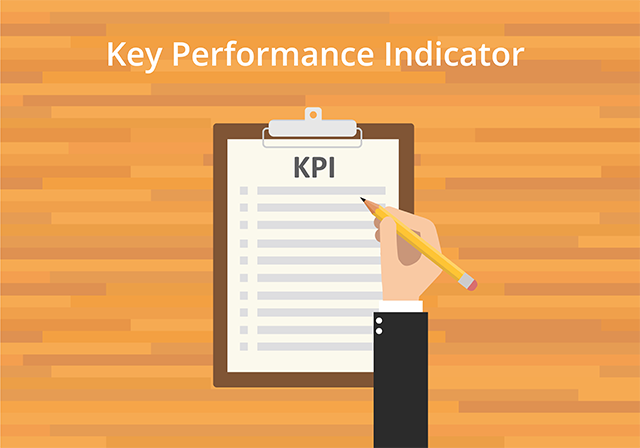
After you have the right mix of tools in place, the next step to building a data-centric marketing team is deciding what key performance indicators (KPI) to track. KPIs can help marketers manage programs and campaigns and report back to c-suite executives whether or not the programs are effective. KPIs should not be viewed as simple management metrics; they need to be connected to the healthcare organization’s strategic plan and long-term goals. A good rule of thumb to follow when developing KPIs is to ask these five questions:
- Is it measurable? Marketers should use both quantitative and qualitative metrics.
- Does it track progress towards organizational goals? A KPI should provide operational, tactical, and strategic dashboards, so it can provide insights for front-line employees all the way to the c-suite.
- Is it actionable? The KPI should provide answers not more questions. It needs to be simple enough that marketers can understand how to use the KPI to make adjustments and effectively manage the program.
- Does it track key components of the program’s success? It is crucial that the KPIs highlight the marketing campaign’s success. This not only helps staff get onboard and excited about the program, but also makes meetings with the CEO and CFO go much more smoothly.
- Can you evaluate performance over a period of time? It is important to generate reports in a timely manner so that marketers can make quick adjustments to the program—whether that is weekly, semi-weekly, monthly, etc. will depend on what is being tracked. It is also important to track the program’s performance over a long period of time to truly understand the program’s effectiveness.
There are a vast number of key performance indicators that healthcare organizations are tracking from ER wait times to days of cash on hand to patient satisfaction rates to readmission rates, and so on. Healthcare marketers should focus on what KPIs the marketing department can be held accountable for to showcase it’s true return on investment. Healthcare marketing key performance indicators can be broken down into three categories: communication, digital and consumer.
- Communication KPIs. These indicators should show the organization whether or not a marketing campaign or program is effectively reaching its target audience and how it can increase engagement. Examples of KPIs marketers should track include:
- Content marketing. Marketers should track unique visitors to a blog, average time on page, website traffic, social shares and return visitors.
- Social media. Marketers should track the number of followers across all channels, as well as shares, likes, comments, retweets, and direct messages. It’s important to know your engagement rate, the number of times your organization was mentioned and whether or not those discussions were positive or negative.
- Public relations. Marketers should know the amount of coverage the team has secured and the potential reach of that coverage, and the percentage of coverage compared to other healthcare competitors.
- Digital KPIs. This data can show marketers what types of media resonate the best with consumers and provide insights into what marketing strategies convert people from interested in your services into consumers or patients of your healthcare organization. Examples of KPIs marketers should track include:
- Marketing. Marketers should track raw inquiries, marketing leads, sales qualified leads and conversion rates between all stages. This data will help marketers determine where they are losing potential consumers in their process.
- Website. Marketers should track data such as overall visits, unique visitors, visits per channel and conversion rates and cost.
- Search Engine Optimization (SEO). Marketers should be regularly evaluating data on web traffic from organic searches to page rank to target words and conversion data.
- Acquisitions. Marketers should be evaluating the effectiveness of their campaigns by testing different headlines,calls-to-action and images. This means that marketers should be tracking A/B tests, the success rate, traffic increase and conversion rate increase.
- Consumer KPIs. This type of data helps marketers better understand their consumers and grow their patient base. Marketers should track the following KPIs:
- Surveys. Marketers can use survey data to track consumers’experience throughout the whole process. Marketers can also determine whether or not someone will refer your organizations healthcare services or products and why.
- Cross-sell data. Marketers should track whether consumers are using multiple products or services from your organization. For example, are they using specialty services, imaging and primary care services or just one component of your organization.
- Cost per lead. This data will show marketers how much it costs to turn a person into a consumer, so marketers can better evaluate the effectiveness of a program.
- Lifetime value. These indicators help marketers determine the lifetime value of a healthcare consumer.
Healthcare organizations need to understand where their marketing dollars and manpower are going and, more importantly, what they are getting out of it. That is why it is imperative that marketers use KPIs to track all elements of their marketing programs, so they can report back to the c-suite the impact that the marketing department is having on the bottom line as well as consumer perception.
For more information, read Building a Data-Centric Healthcare Marketing Team: Part One—The Right Mix of Tools.
